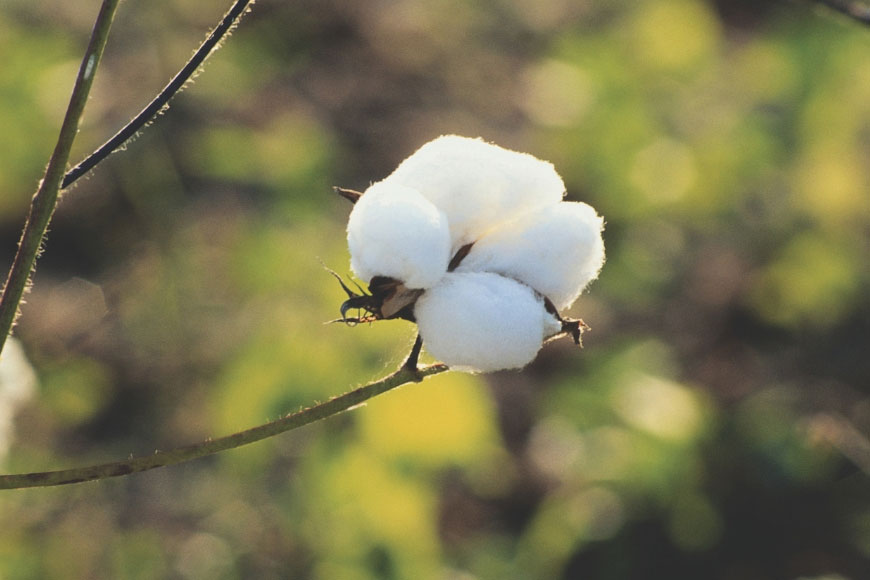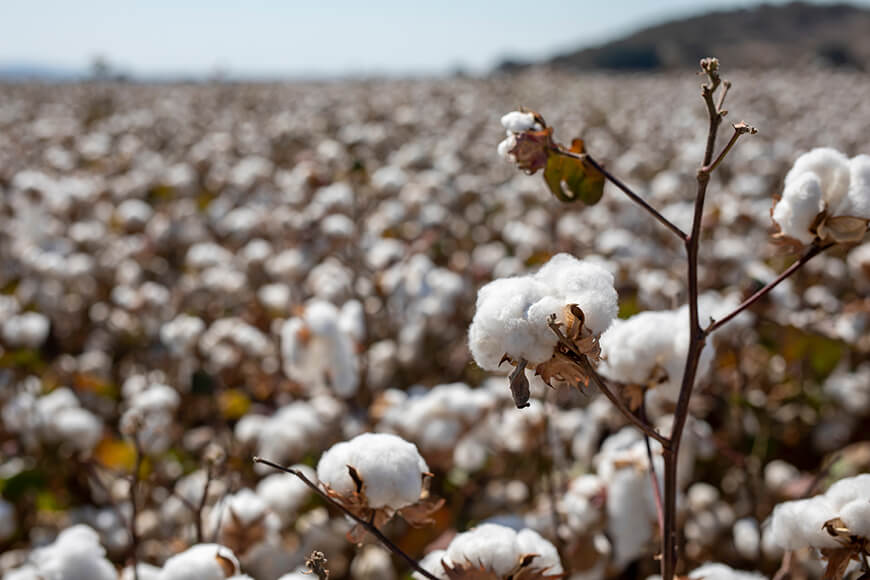It’s been a crazy start to the 2018 growing season. We are all over the place. Depending on where you are, right now you may have corn anywhere from just planted (or re-planted) to the V6 stage, and maybe a few fields that are even a little further along. Here is what you might expect to be seeing in your field right up through tassel.
V3 :: At this stage, the growing point is below ground. Cooler temperatures can slow the formation of leaves and ear shoots, as well as lengthen the time between leaf formation later in the year basically delaying maturity.
V5 :: By this time, all the ear shoots and leaves and the tassel are completely formed. Although the growing point is still below the ground, the tassel is still very near the soil surface. So, a hail storm at this point could cause major damage. Also, as long as the growing point is below the surface, flooding is still a huge concern. If the crop is submerged for two days at this stage, with these air temperatures, we can still lose the crop.
V6 :: Hail becomes more of a concern than flooding at this point. The stalk begins to grow very fast; the nodal root system takes over. Some ear shoots are visible when the plant is dissected. If you don’t have the nitrogen in by now, you will probably be pruning roots when you knife it in. You begin to lose those bottom two leaves, but play attention to the new leaves. This is when your macro and micro nutrient deficiencies begin to express themselves. Treat accordingly with some type of foliar feed. We are fast approaching those stages where yield is being determined, and we want those plants to be as healthy as possible now.
V9 :: This is the time when ear girth is being determined. Any stress from too much or too little moisture now will affect your number of kernel rows.
V10 :: This is the beginning of a very rapid growth stage. You will add a new leaf collar every two to three days. Your growth comes in two ways: the adding of nodes as the growing point pushes up and the stretching of the internode between each lower node. At this time, the plant is growing almost too fast and there is a lot of ‘sap’ in those nodes. At this stage, green snap becomes a huge concern. There is nothing you can do but be aware, watch the weather and scout.
V12 :: This is when the number of ovules will be determined. The length, or maximum number of ovules per row, is now set. Any stress from moisture will affect your top end yield. The other stress factor you can control here is nutrient deficiency. If you are afraid the excess rain has leached or lost some of your nitrogen, this would be the time to consider your pre-tassel nitrogen application. Anything you can do to relieve stress here will increase your maximum yield potential. Mother Nature may take some of those ovules away from you later in the season in the form of blank tips or ‘tip die back’ if we turn off hot and dry. But you cannot pollenate or fill kernels you don’t have. So, if that means running the polypipe out to wet it, or flying on some nitrogen to feed it, do everything you can to add length to that ear.
V15 :: You are 10 days from tassel at this point. And I’ve always heard the single most important time for water in a corn plant’s life is the period from two weeks prior to and two weeks after tassel. You are headed into the reproductive stages and are almost done making plant and will soon begin to make starch.
Curtis Fox // This email address is being protected from spambots. You need JavaScript enabled to view it.











